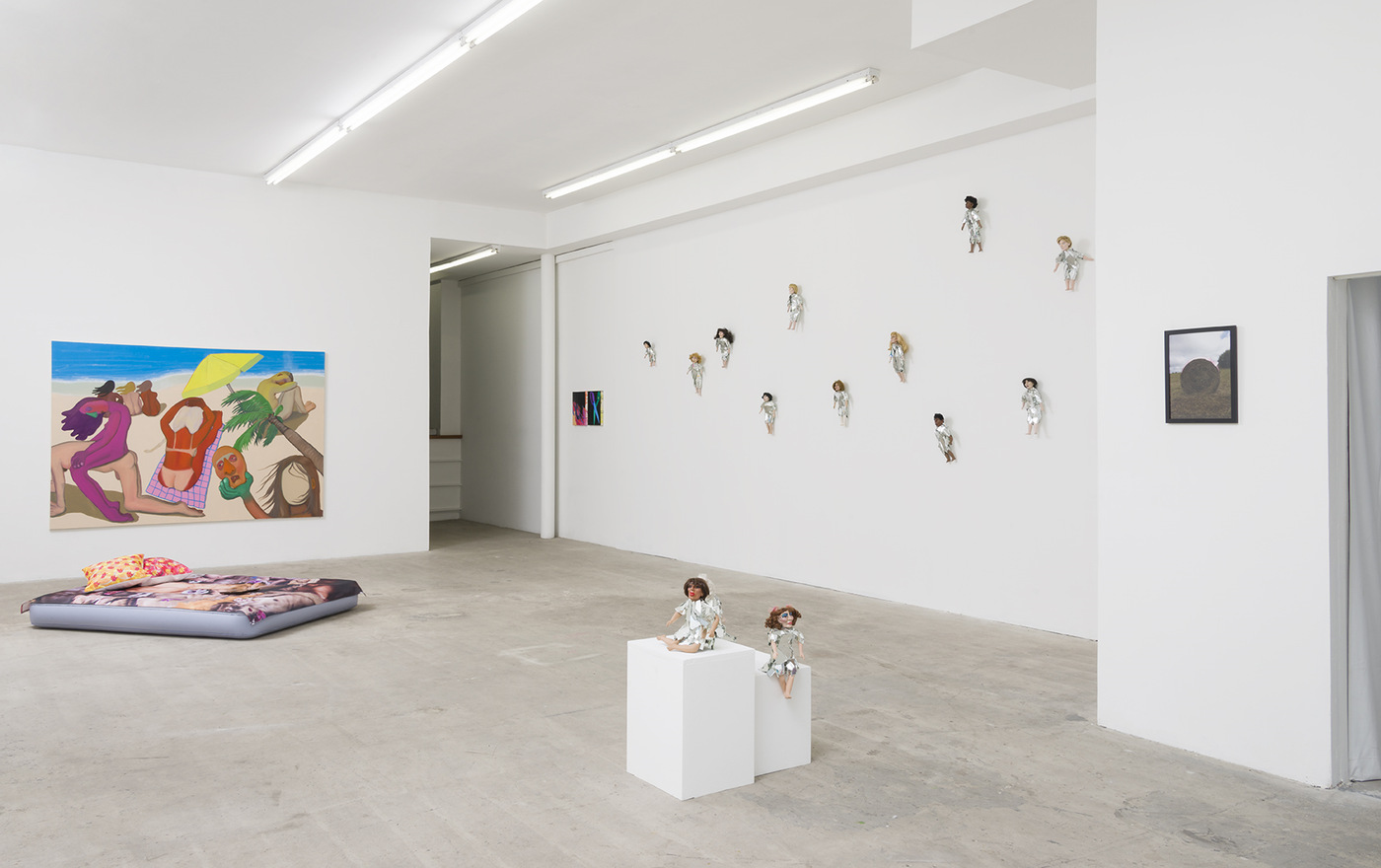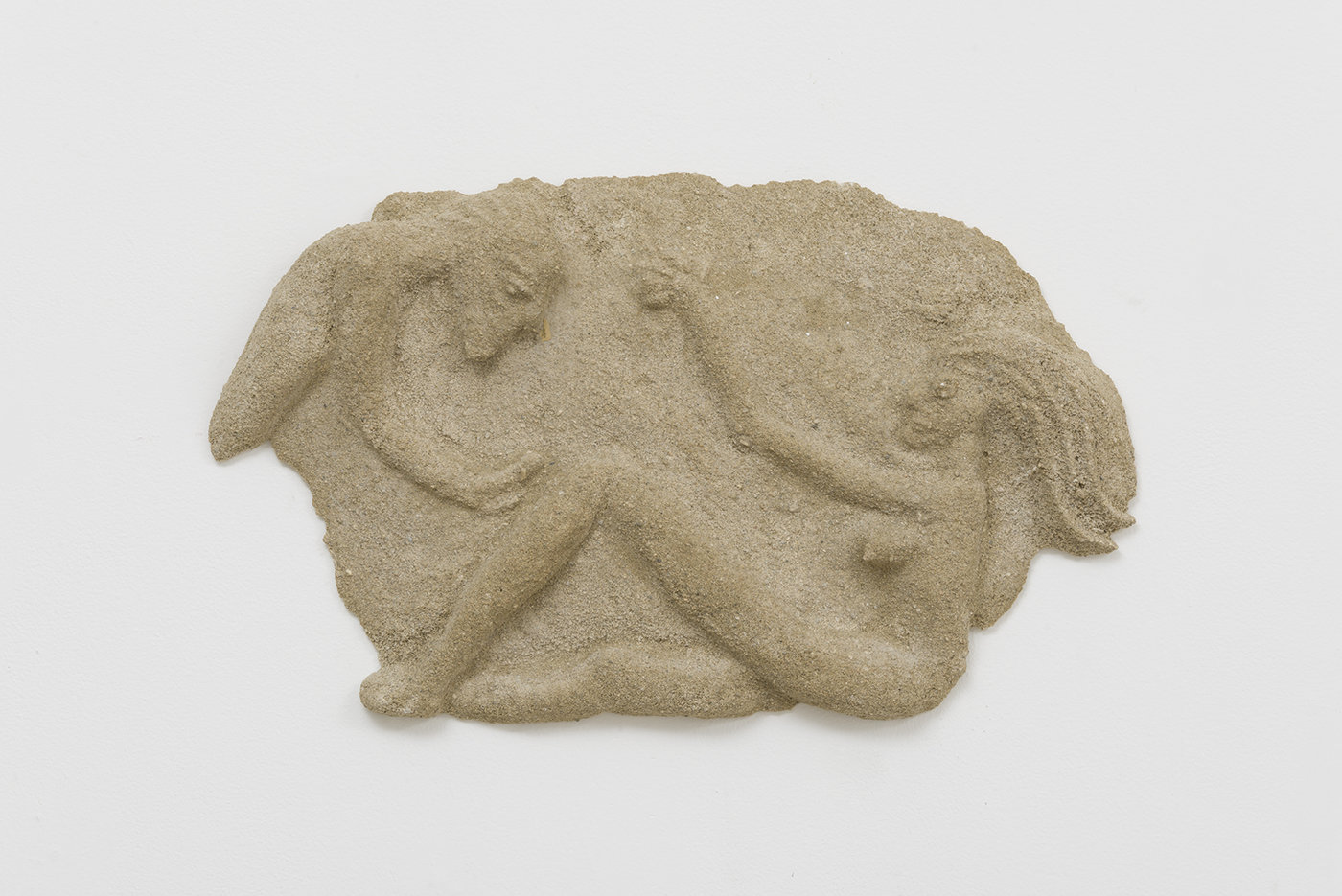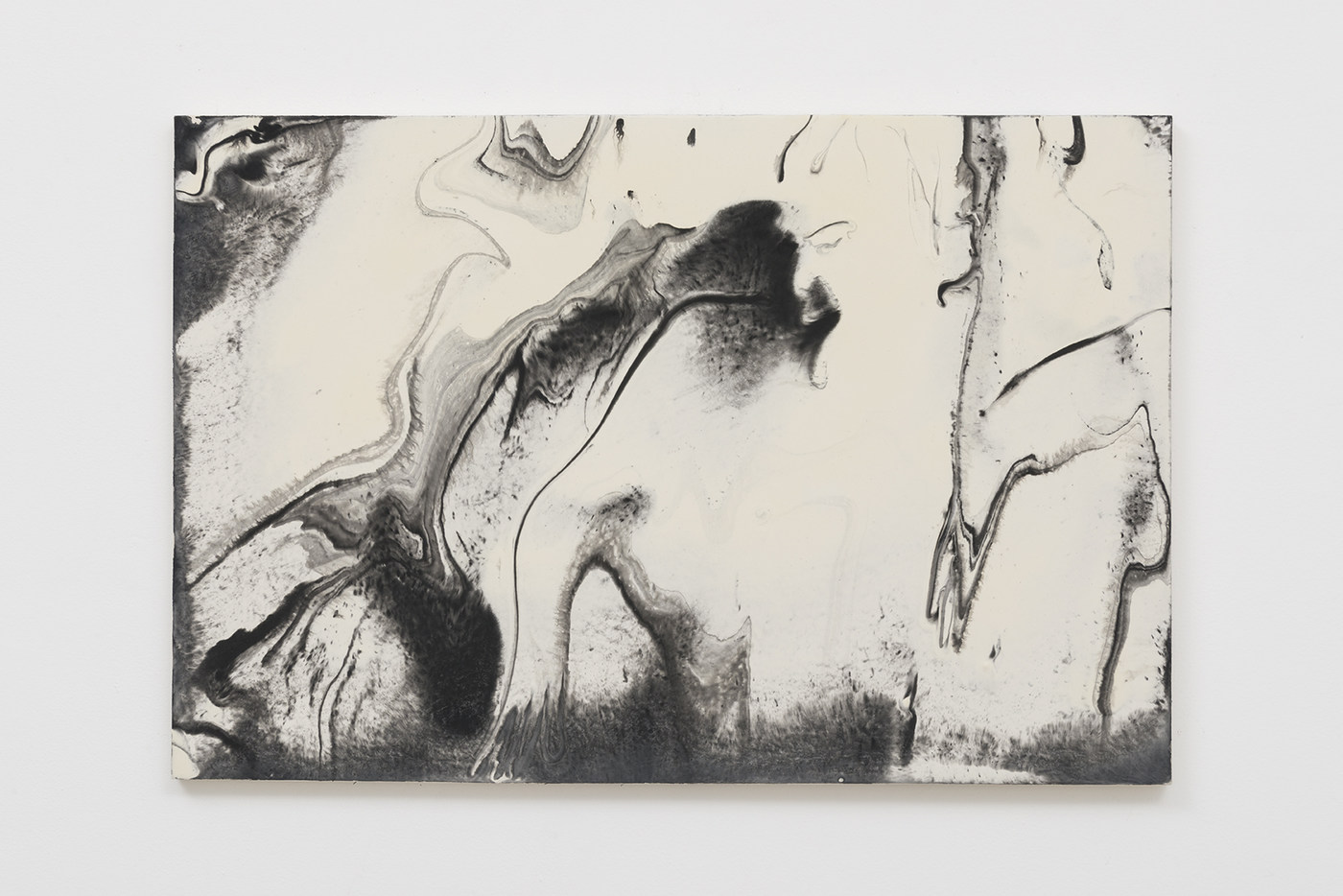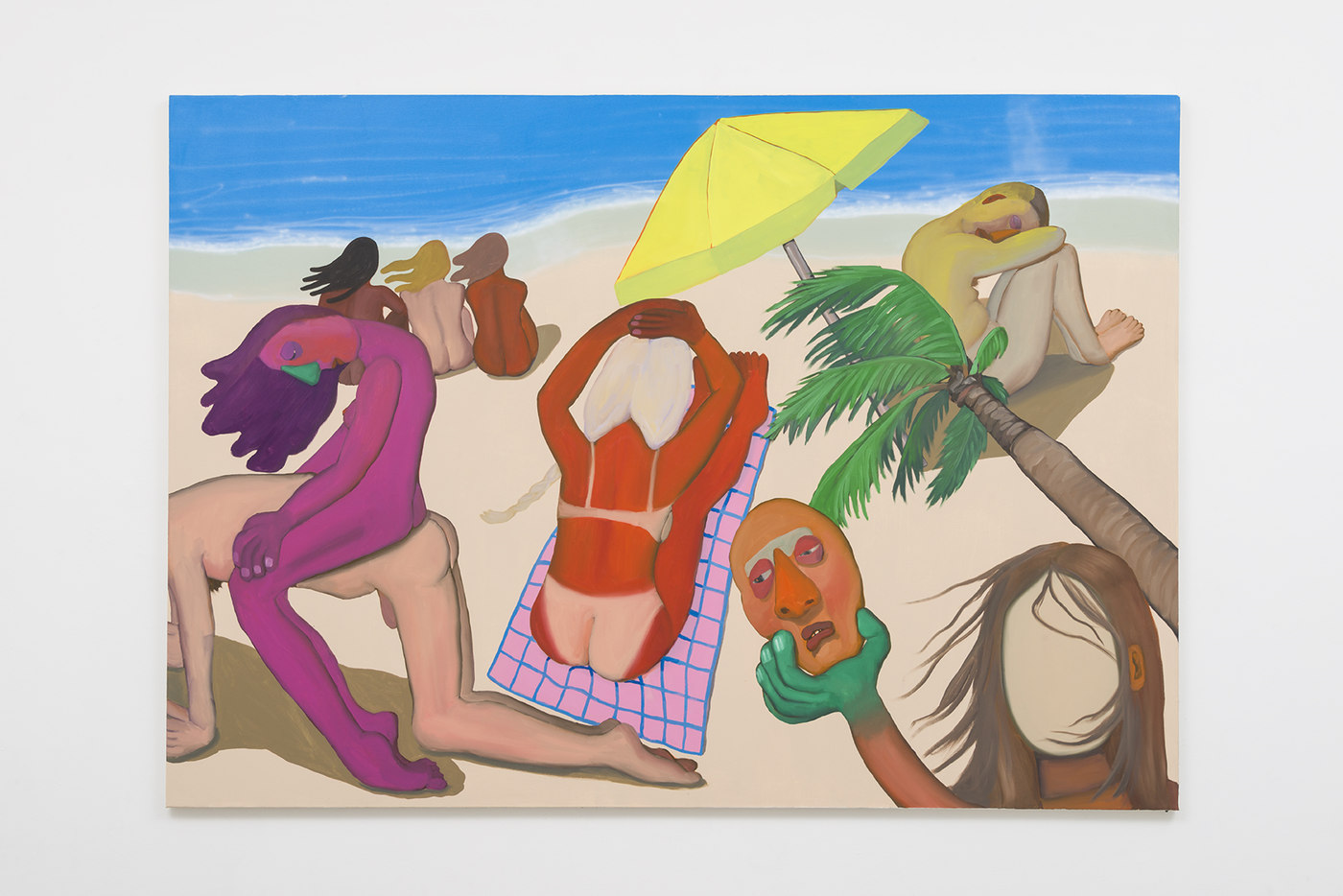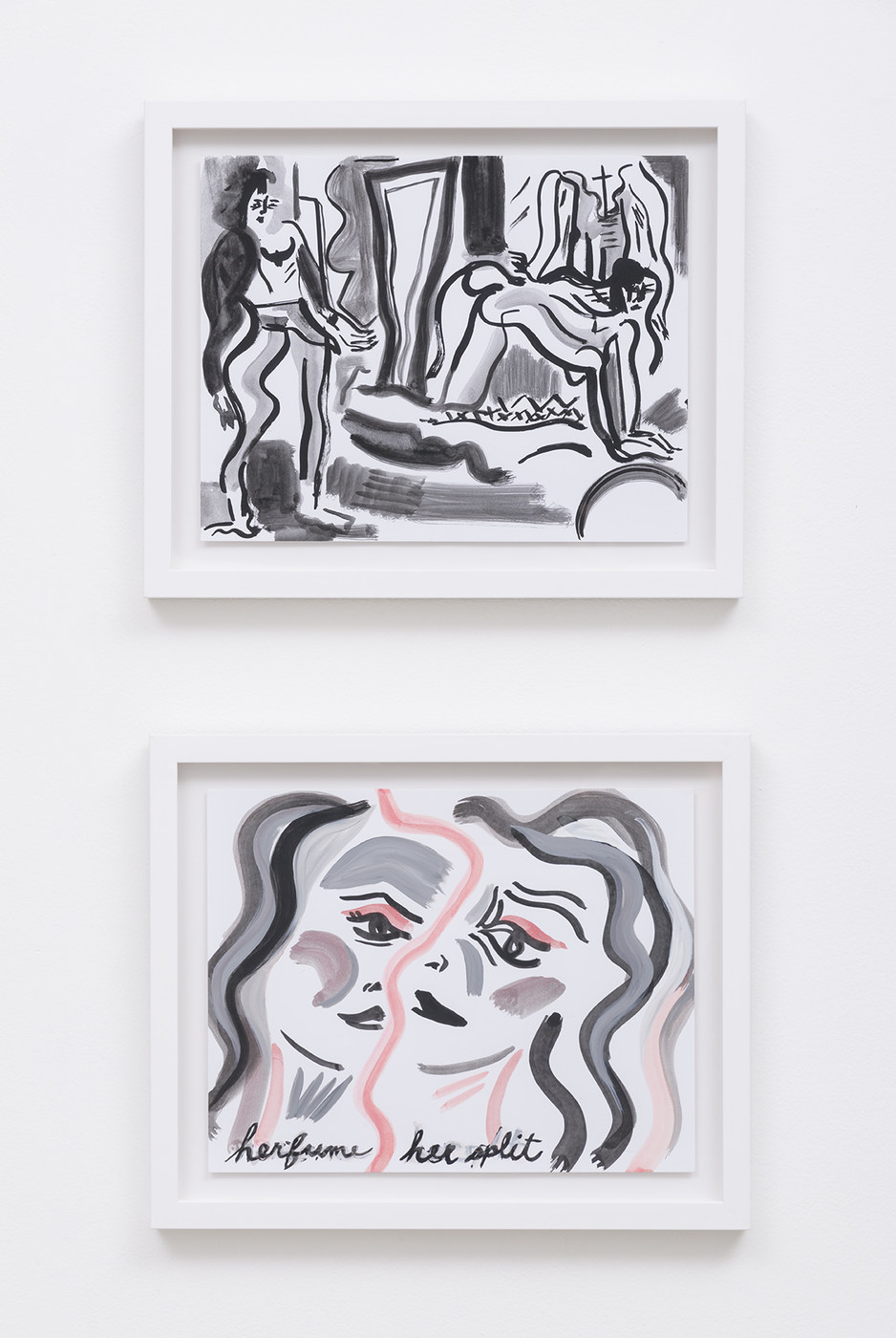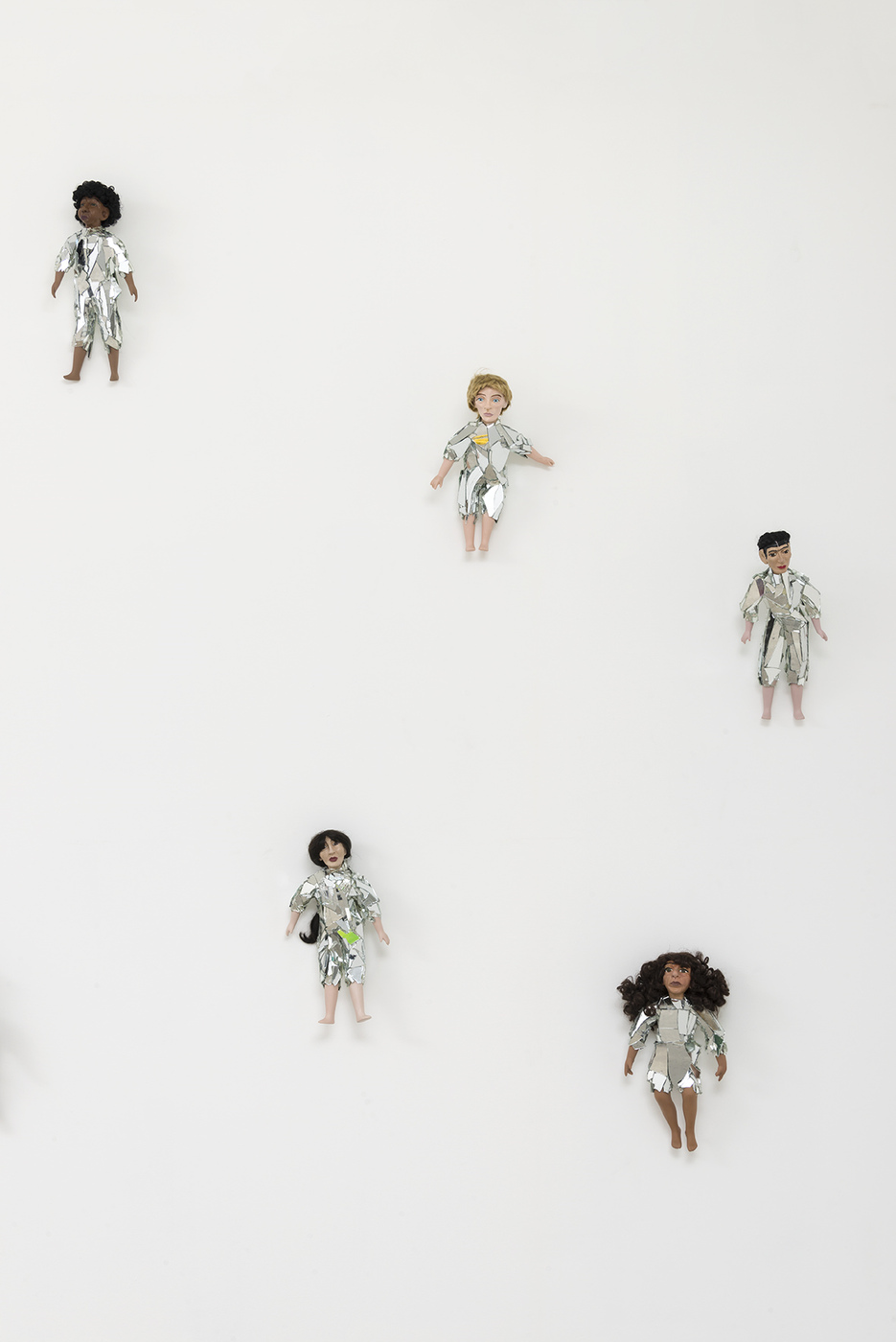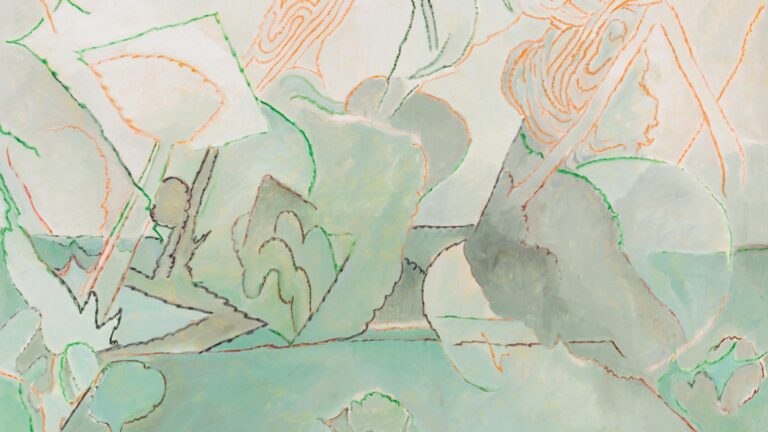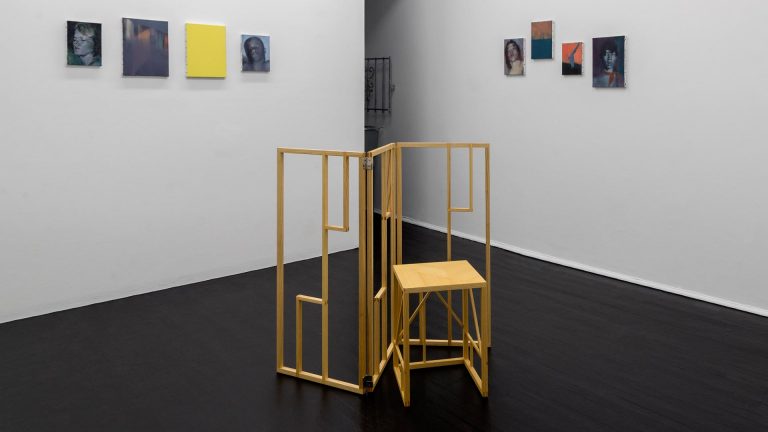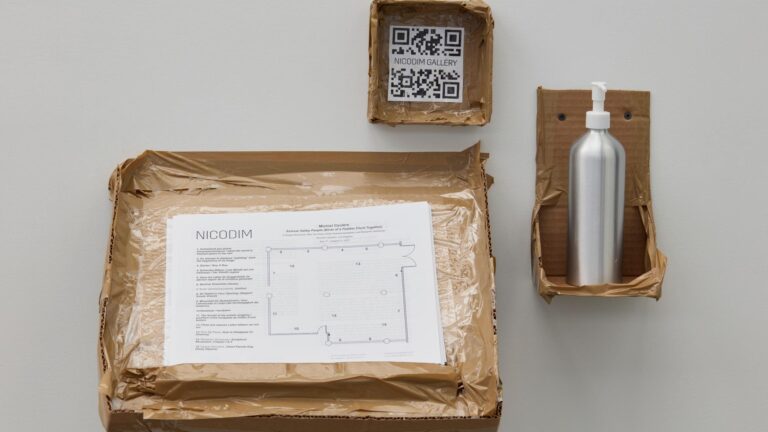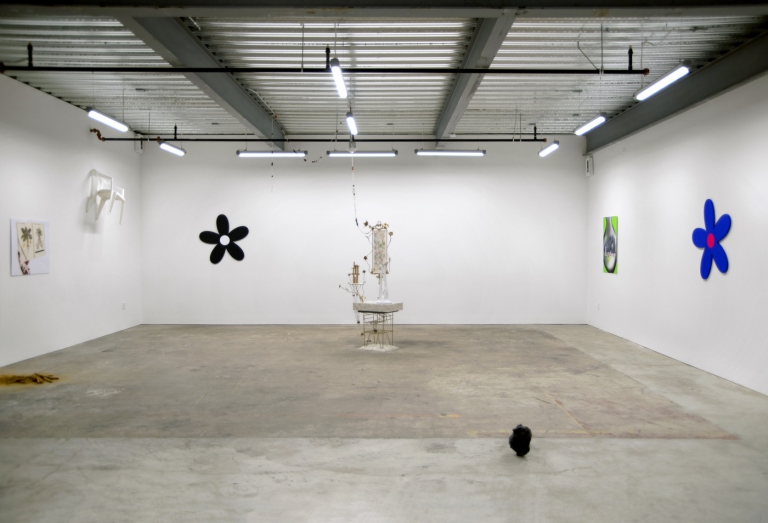Artists: Jennifer Chan, Mira Dancy, Debora Delmar Corp., Cédric Fargues, Sarah Faux, Mariah Garnett, Rachel Mason, Anja Salonen, Tschabalala Self, Alison Veit
Exhibition title: ltd los angeles
Venue: ltd los angeles, Los Angeles, US
Date: July 8 – August 13, 2016
Photography: all images copyright and courtesy of the artists and ltd los angeles
Excerpts from a conversation between Andrew Emard and Shirley Morales
SOM: WACKing the Piñata arose from conversations between you and I throughout the past year. Femininity and Feminism were recurring subjects. Our understanding of Femininity and Feminism were informed by our different cultural, gender and age backgrounds.
ARE: For me, what has been interesting about our conversations is that our differing backgrounds have allowed us to related to each artist’s practice in different ways and learn from one another. Our evolving understandings have dovetailed to reflect Femininity and Feminist discourse both inside and outside of gender.
SOM: Our conversations have revolved around non-binary concepts of Gender, Femininity and Feminism through a contemporary prism. One of the moments that really clarified this show was when I saw the video of you practicing dance moves of a persona you are developing. I loved it. It just encapsulated a lot of our ongoing discussions.
ARE: Or maybe, gave an understanding of where I am coming from, since that persona specifically deals with The Feminine.
SOM: To celebrate a broader sense of Feminism and the definition of what makes up a feminist practice, we invited artists whose practices re-envision a change in current social structures. Our main focuses for this exhibition were the male gaze, the body, ‘The Feminine’ inside and outside of gender, and universality of personal emotional experience.
ARE: Yes, the male gaze is an underlying presence in many of these practices. In Jennifer Chan’s works there is a clear reversal of the male gaze. Jennifer chooses to make work using the male form in a way that the female form has been exploited for centuries, and importantly ties into female sexuality and desire.
Jennifer’s videos have a twisted relationship to Anja Salonen’s paintings in that Anja chooses to exhibit the male gaze through a female’s perspective. Instead of reversing this gaze, Anja inverts it by very poignantly showing how women experience the ‘male gaze’ on a day-to-day basis and how it has shaped cultural standards for women.
SOM: How do you interpret Anja’s masks on her avatars?
ARE: Well, the masks have different interpretations, rules and uses. I believe they speak to The Feminine and The Masculine. She paints a lot of androgynous forms. The mask exposes the layers of masculinity and femininity that everyone exhibits while not being attached to a gendered body.
SOM: Cédric Fargues’ self-portrait – a Photoshop picture of a haystack with a pink headband and bow, rooted in the Feminine and Masculine expression, embodies this concept.
ARE: Yeah, Cédric identifies as male and his self-portrait encompasses both. Also, his self-portrait is great because it opens up a conversation about feminization of queer male bodies.
SOM: Sarah Faux’s paintings of cropped bodies emerging from fields of color, exist in a slippery space between figuration and abstraction. I really love how this ambiguity invites and encourages viewers to unfold the Feminine experience at their own pace. Sarah has shared that these paintings embrace the absurd ineffable aspects of living in a feminine body. This universalization of her personal emotional experiences is another thread.
ARE: Exactly, like in Garbage, City and Death, Mariah Garnett applies a personal narrative of womanhood, queerness, history, and politics to a Fassbinder play about a pimp and prostitute. Her narrative, documentary and experimental filmmaking practices use herself and family to create work that accesses people and experiences outside her immediate experience. Again, universalizing her personal emotional experiences.
SOM: Tschabalala Self’s work explores the emotional, physical and psychological impact of the black female body as an icon by confronting the fantasies around black bodies. Like Anja and Jennifer, she challenges the male gaze. Actually, her subjects are unmoved by their viewer’s gaze. Her female nudes’ strength lie in their being. Other strong nudes are found in Mira Dancy’s works…
ARE: [Interrupting] They are super unapologetic. Her drawings express the female form as powerful, not vulnerable or weak. Just today, Rachel Mason made the joke that her Starseed dolls are of ‘Dangerous Women.’ Being made of glass mirror they can physically cut the handler, I think it’s great, these women, even as dolls, are not getting pushed around. It could easily be said the women in Dancy’s drawings are also dangerous.
But going back to Self, she says, “The role is not to show, explain or perform, but rather to be.” And that being-ness is simple, powerful and political, that her subjects, black women, are not asked for anything, fetishized or exploited.
SOM: Being-ness. Exactly.
Deborah Delmar Corp.’s exploration of her own femininity and identity as a female artist post-Internet underlies her practice revolving around 21st century life (lifestyle, consumerism, class differences, corporate aesthetics). Combining humor and sharp social commentary, Debora uses everyday objects in her sculptural installations to investigate bodily awkwardness and politics.
While also investigating the effects of the digital on the body, Alison Veit and Anja Salonen work within more traditional practices. Anja has written that by decontextualizing the visual vernacular of the digital landscape, she wants to de-familiarize the familiar, reducing the net aesthetic into impenetrable and absurd non-narrative frames.
ARE: While for Veit, her “sand works provide solidarity in contrast to a world with pictorial standards of beauty. Instead the figures are mystical, spiritual, often non-gendered. They are entombed spirits of the past, embodying figures of the future.” Again, playing both narratively and historically with the representation of the body pre and post Internet.
SOM: Bringing these practices together is our way of starting a dialogue about how evolving, non-definable and uncontainable Feminism and The Feminine are. When coming up with the title, Connie Butler’s 2007 exhibition, WACK!: Art and the Feminist Revolution came to mind. WACKing the Piñata is inspired by this first institutional examination of art made under the influence of Feminism and our broadened sense of The Feminine. The piñata is a breakable container. In this case, containing possible outmoded ideas within a binary hierarchy. The striking and eventual destruction of the piñata is celebratory. This doesn’t necessarily destroy what is inside instead encourages their relevance to be examined, altered, enjoyed or tossed.
To be continued…
Debora Delmar Corp., Marketable ideology (Emma Watson), 2014
Debora Delmar Corp., Marketable ideology (factory worker), 2014
Digital print face-mounted to mirror acrylic, 28.6 x 28.6 in (72.6 x72.6 cm)
Tschabalala Self, My Black Ass, 2016 (video still)
Digital Animation, 4 sec
Cédric Fargues, botte de paille (bale of hay), 2016
Digital print, Edition of 3, 2 AP, 15 x 11 in (38 x 28 cm)
Alison Veit, Incubus, 2016
Sand, hydrocal, 16 x 25 in (40.6 x 63.5 cm)
Alison Veit, Untitled, 2016
Sand, hydrocal, 28 x 13 in (71.1 x 33 cm)
Alison Veit, Carol, 2016
Sand, hydrocal, 30 x 20 in (76.2 x 50.8 cm)
Jennifer Chan, Body Party, 2015
Digital print on microfiber bedding, blowup mattress, 40 x 60 in (101.6 x 152.4 cm)
Anja Salonen, An extreme form of togetherness, 2016
Oil on canvas, 60 x 96 in (152.4 x 243.8 cm)
Mira Dancy, Broker, 2016
Ink and acrylic on paper, 14 x 11 in (35.6 x 27.9 cm)
Mira Dancy, Broken Deal, 2016; Herfume Her Split, 2016
Ink and acrylic on paper, 11 x 14 in (27.9 x 35.6 cm)
Sarah Faux, Lash effects, 2016; Reptilian, 2016
Oil on canvas, 16 x 12 in (40.6 x 30.5 cm)
Rachel Mason, Starseeds, 2014 (installation view)
Mixed media (porcelain, polymer clay, acrylic, mirror, glue, synthetic hair)
Rachel Mason, Starseeds, 2014 (installation view)
Mixed media (porcelain, polymer clay, acrylic, mirror, glue, synthetic hair)
Rachel Mason, Starseeds, 2014 (installation view)
Mixed media (porcelain, polymer clay, acrylic, mirror, glue, synthetic hair)
Rachel Mason, Starseeds, 2014 (installation view)
Mixed media (porcelain, polymer clay, acrylic, mirror, glue, synthetic hair)
Anja Salonen, Make a beauty wish, 2016
Oil on gesso and plywood, 44 x 34 in (111.8 x 86.4 cm)
Anja Salonen, Big year for redheads, 2016
Oil on gesso and plywood, 44 x 42 in (111.8 x 106.7 cm)



